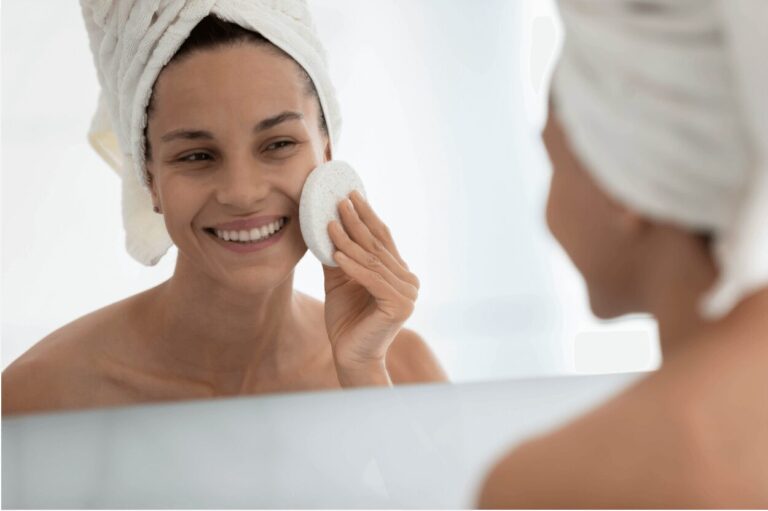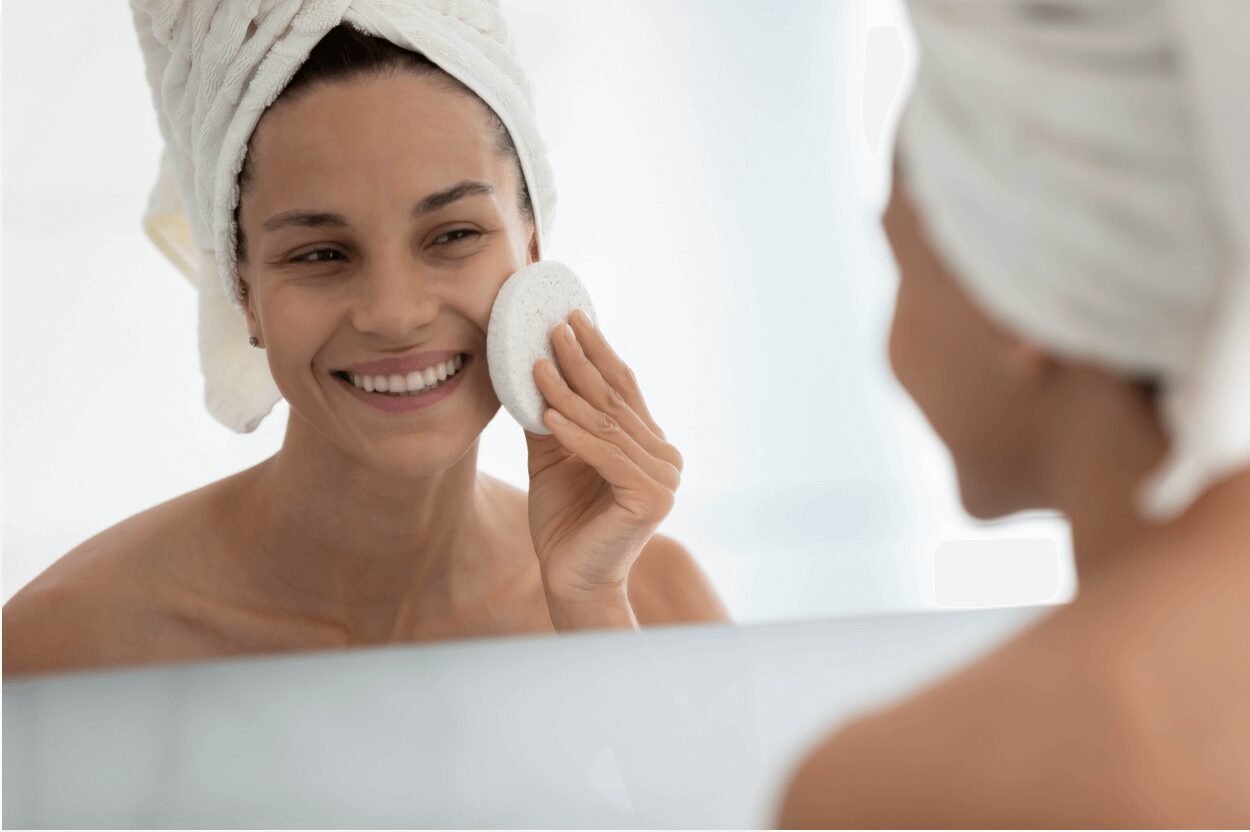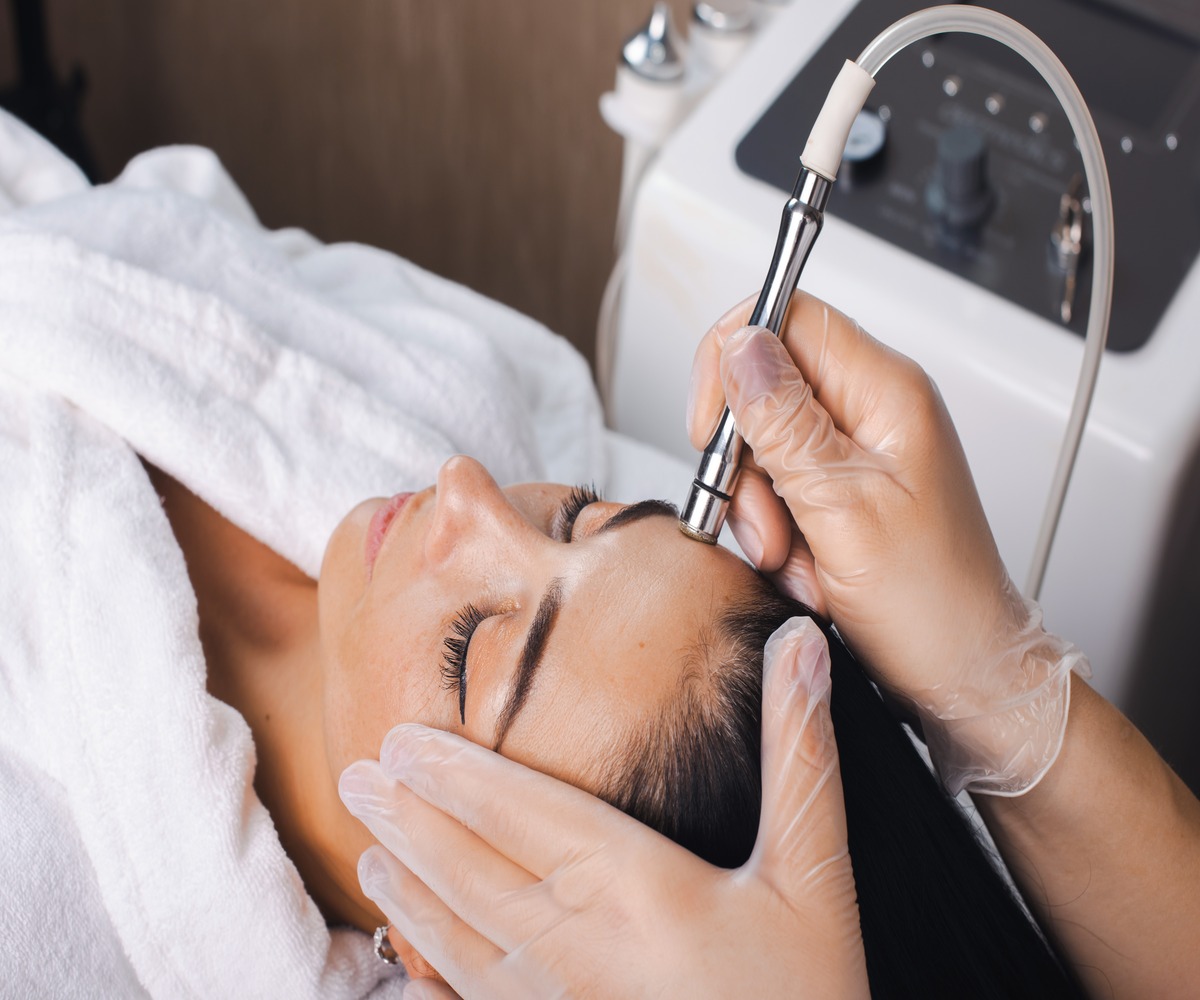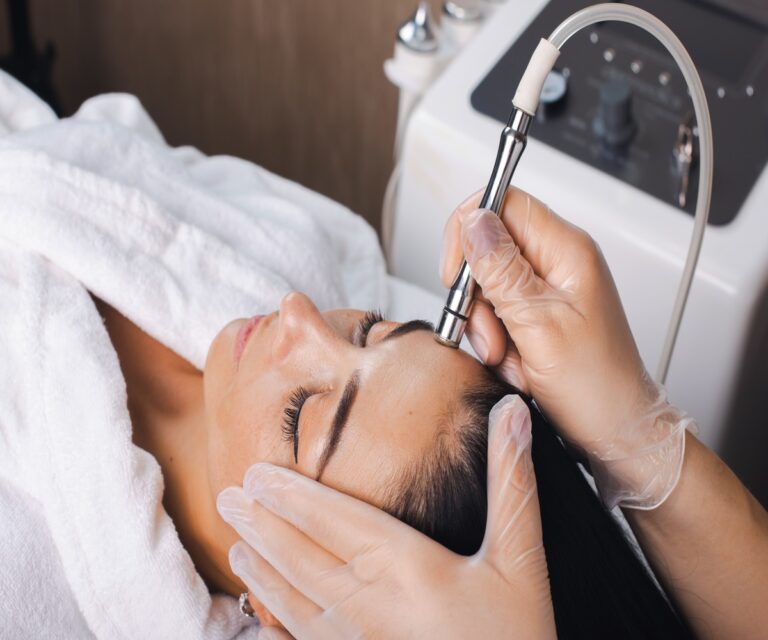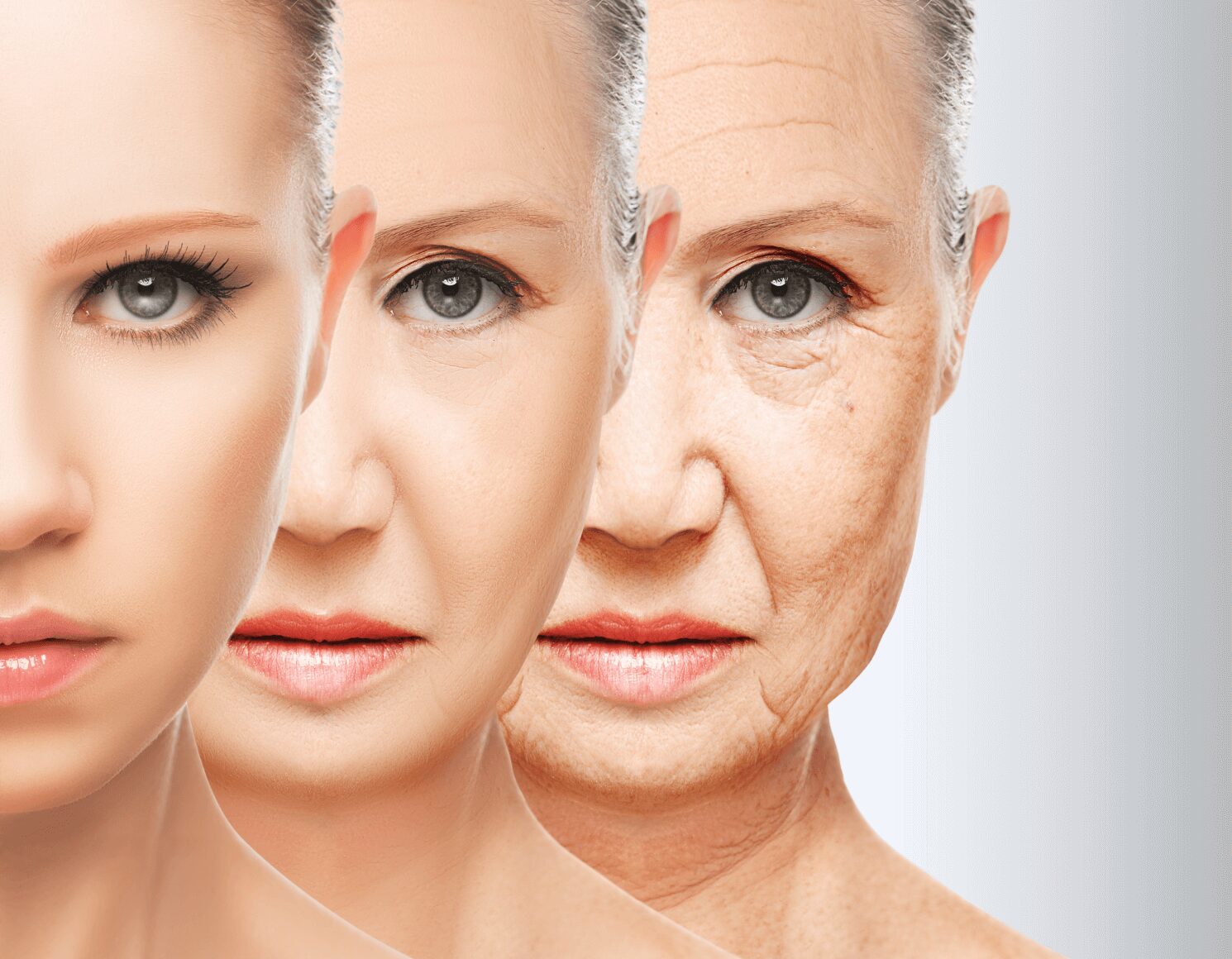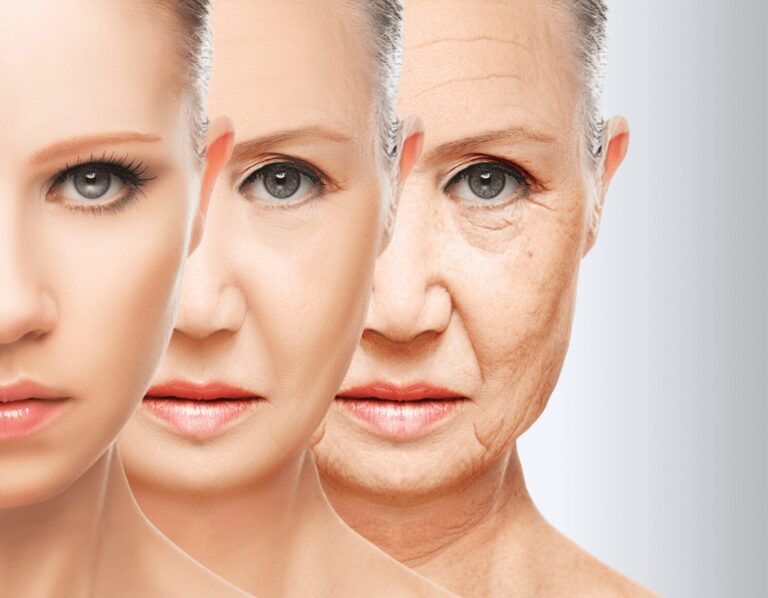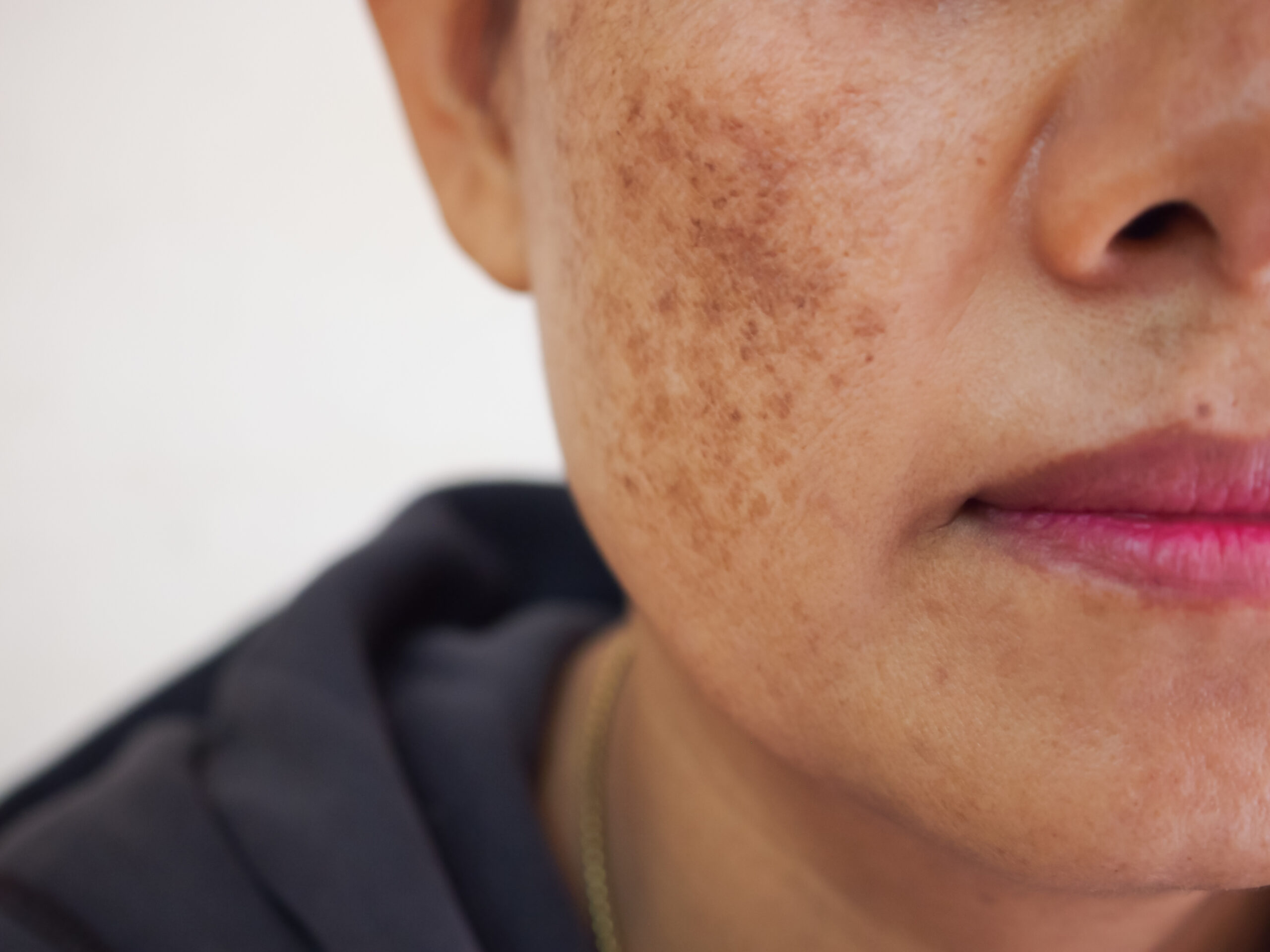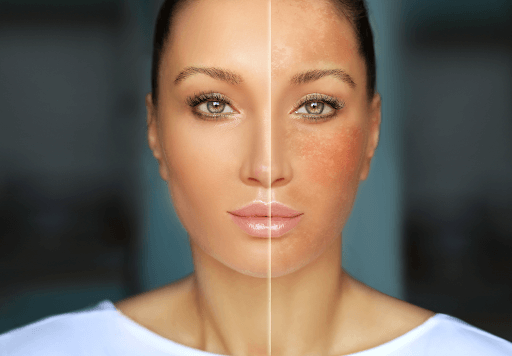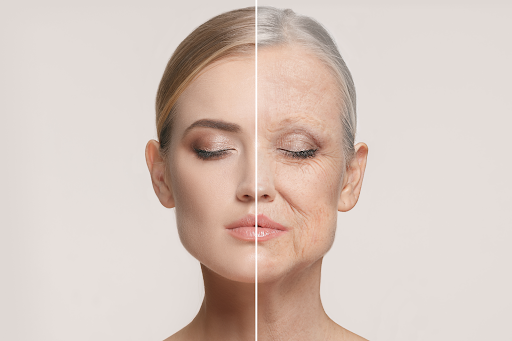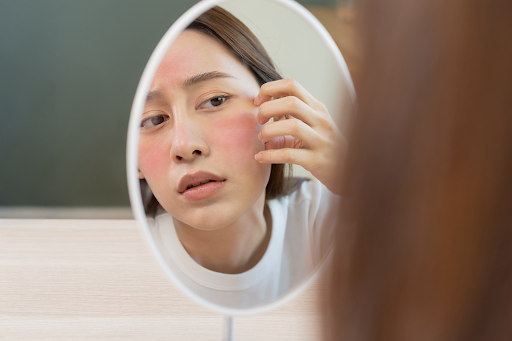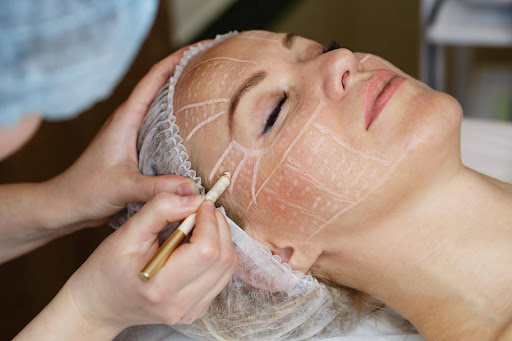If you’re searching for answers to combat face eczema, this article offers direct insights into causes, symptoms, and effective treatment strategies. Discover practical steps for soothing your face eczema and tailored skincare routines that can prevent flare-ups, fostering a healthier complexion.
Facial eczema, with its myriad of forms such as Atopic Dermatitis and Seborrheic Dermatitis, presents an intricate tapestry of symptoms and challenges. The skin on our face is not just the canvas of our emotions; it’s a sensitive shield exposed to a barrage of environmental stressors that can exacerbate the discomfort of eczema. Unlike eczema on other body parts, the facial variety requires a nuanced understanding due to the unique characteristics of facial skin—from the diversity in its microbiome to the varying levels of moisture and sebaceous gland density.
This condition is a chronic one, capable of playing a treacherous game of hide-and-seek, disappearing after treatment only to reappear unbidden. Effective eczema management requires a long-term approach, similar to running a marathon rather than a sprint. Each stride towards understanding and treating this skin condition can lead to better days, with skin that feels not just calm, but resilient.
The tell-tale signs of facial eczema often manifest as:
Severe itching, a hallmark of eczema, can lead to a vicious cycle of scratching and soreness, further damaging the skin barrier. Identifying these itchy skin symptoms early, including scaly skin and skin irritation, is pivotal in seeking timely treatment and relief.
Eczema symptoms can be a chameleon, changing hues based on one’s skin tone. Lighter skin may exhibit red or inflamed eczema rash, while individuals with darker skin might notice brown, purple, or gray patches, making diagnosis a nuanced affair. Understanding these variations not only assists in treating eczema, but also helps us comprehend the experiences of those who live with it.
Delving into the origins of facial eczema, one finds a complex interplay of genetics and environment. A family history of atopic eczema, allergies, or asthma may predispose one to develop this skin woe. But it’s often the environmental factors—irritants like certain soaps, detergents, and even jewelry—that trigger the dreaded eczema flares.
The role of skincare products cannot be understated in the saga of eczema causes. Makeup, creams, and even the innocent-seeming facial wash might harbor allergens or irritants that provoke an allergic reaction or exacerbate existing symptoms. Navigating these triggers can feel like walking through a minefield, as every product has the potential to trigger an eczema flare-up. Recognizing and steering clear of these triggers is a crucial strategy in managing the condition.
When suspecting eczema, the path to diagnosis is a careful tapestry woven from personal and family medical histories and the narrative of symptoms’ onset and evolution. Dermatologists become detectives, analyzing the distribution, location, and appearance of the rash to differentiate between the various types of eczema. This investigative process isn’t merely academic—it leads directly to a more targeted treatment plan.
Triggers are the usual suspects in the lineup of eczema’s causes. A thorough interrogation of patient history can reveal the environmental culprits—be it allergens or irritants—that provoke eczema’s fury. In more elusive cases, where the signs are cryptic, a skin biopsy might be the key to unlock a definitive diagnosis, providing clarity in the complex landscape of skin conditions.
Once the diagnosis of facial eczema is confirmed, a multifaceted treatment approach to treat eczema becomes the beacon of hope for those affected. Skin hydration emerges as a cornerstone in the management of eczema, vital for fortifying the skin’s barrier against the onslaught of irritants and allergens. The post-bath ritual of applying an eczema-friendly moisturizer seals in the much-needed moisture, creating a protective layer akin to a tranquil oasis for the affected skin.
Alongside hydration, prescribed medicated topical treatments have a significant role. These anti-inflammatory creams are like sentinels, guarding the skin against inflammation and providing relief from the relentless itch. It’s a dance between maintaining the skin’s natural defenses and using medical interventions to keep eczema at bay.
For some, the standard treatment regimen may falter against stubborn eczema. In these persistent cases, advanced therapies step into the limelight. Dupixent (dupilumab) and Adbry (tralokinumab-ldrm) prescriptions are like cavalry, offering systemic relief when topical medications fall short.
These treatments demonstrate the progress in dermatology, offering renewed hope for those battling this chronic condition.
Embarking on a daily skincare routine for sensitive, eczema-prone skin is akin to crafting a bespoke suit—every product must be carefully chosen to fit the unique needs of the skin. Start with a gentle, fragrance-free cleanser that respects the skin’s delicate balance. Follow this with a moisturizer rich in hyaluronic acid and ceramides to bolster the skin’s natural defenses.
To keep the skin hydrated, remember to apply an unscented moisturizer multiple times a day, particularly after showering when the skin is most receptive. Equally important is what to avoid: steer clear of products with fragrance, lanolin, retinol, vitamin C, and acids, as these can be the hidden adversaries that worsen irritated skin and invite eczema flare-ups.
Fostering a favorable environment for eczema-prone skin is equally important. From wearing breathable clothing during exercise to ensuring indoor air quality with air purifiers, every aspect of your surroundings plays a part. Consider the air around you as a garden that needs tending—with the right care and attention, you can foster an environment where eczema is less likely to flourish.
For those who adore the transformative power of makeup, facing eczema can mean rethinking beauty routines. Opting for products with the National Eczema Association’s Seal of Acceptance can be a guiding star, ensuring they are suitable for sensitive skin. Hypoallergenic or sensitive-skin formulas become the new norm, reducing the risk of irritation and allowing you to wear makeup without fear.
Creams and mousses should be your allies, offering coverage without the drying effects of powders that can accentuate flaky skin. The key is to strike a balance—apply makeup in thin layers to allow the skin to breathe and avoid clogging the pores. During active flare-ups, consider giving your skin a breather from makeup, allowing it to heal without additional stress.
Living with facial eczema is not merely a physical journey; it’s an emotional odyssey that can touch the very core of one’s self-perception. The visibility of the condition can lead to emotional distress and social withdrawal, a challenge that can seem as insurmountable as the eczema itself. This struggle is waged not only in the mirror but also in the mind and heart, affecting one’s self esteem at times.
Yet, there’s solace in solidarity. Support networks, both virtual and in-person, provide a sanctuary where experiences are shared and coping strategies are exchanged. These communities are beacons of understanding, offering a place where one can be unmasked without fear of judgment, and where rebuilding confidence begins with shared stories and collective wisdom.
Embarking on this journey through the intricacies of facial eczema, we’ve navigated the tumultuous waters of symptoms, causes, and treatments. Armed with the knowledge of how to diagnose, manage, and live with eczema, you can now face the condition with newfound confidence. Let this guide be the lighthouse that leads you to clearer, calmer skin and a life where eczema does not dictate your story.
